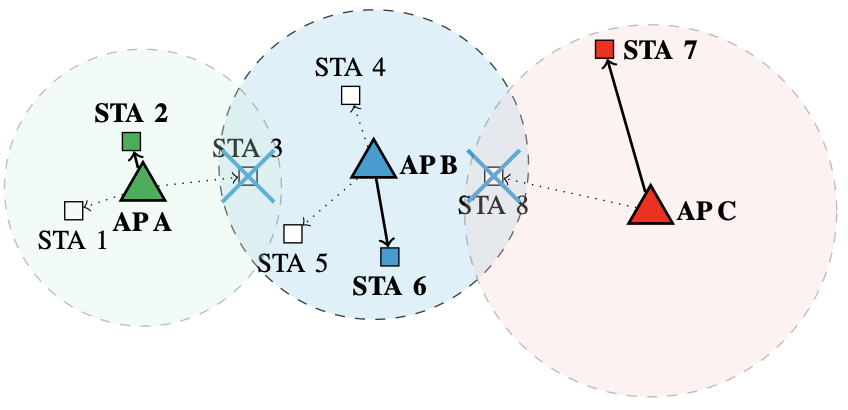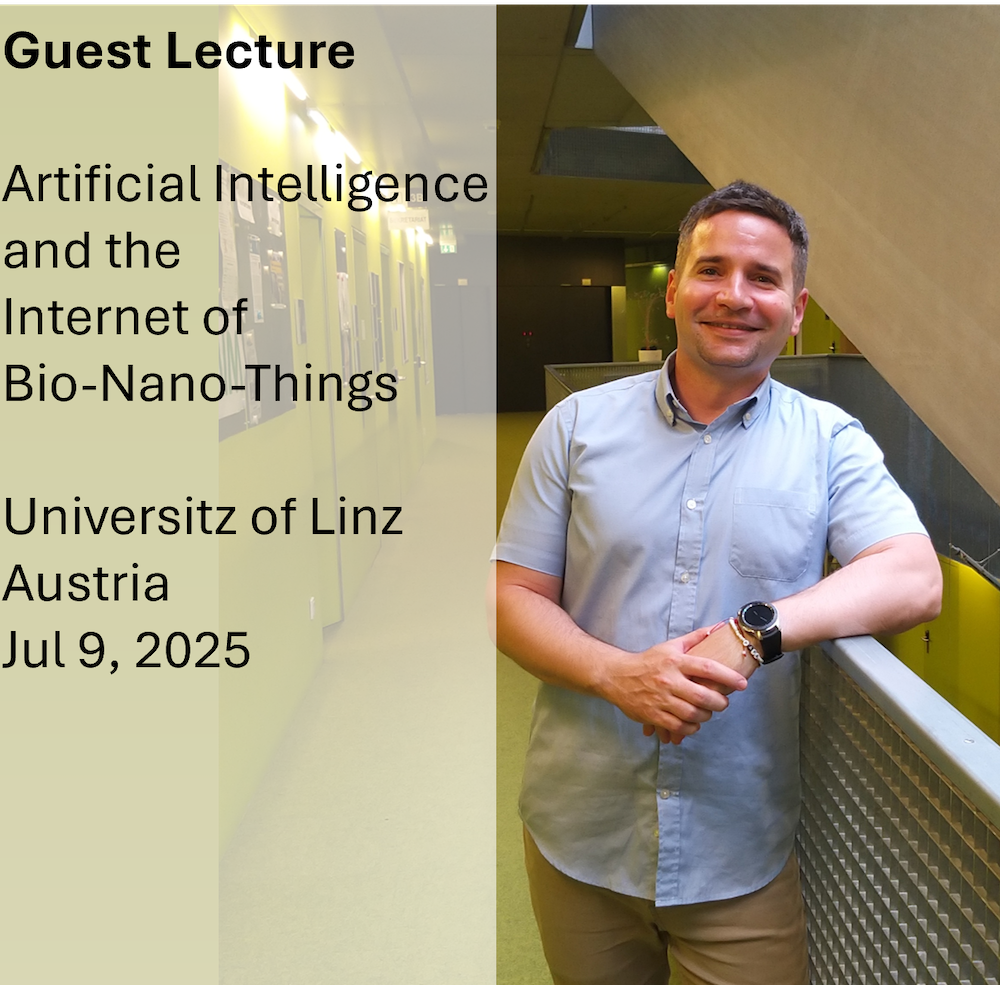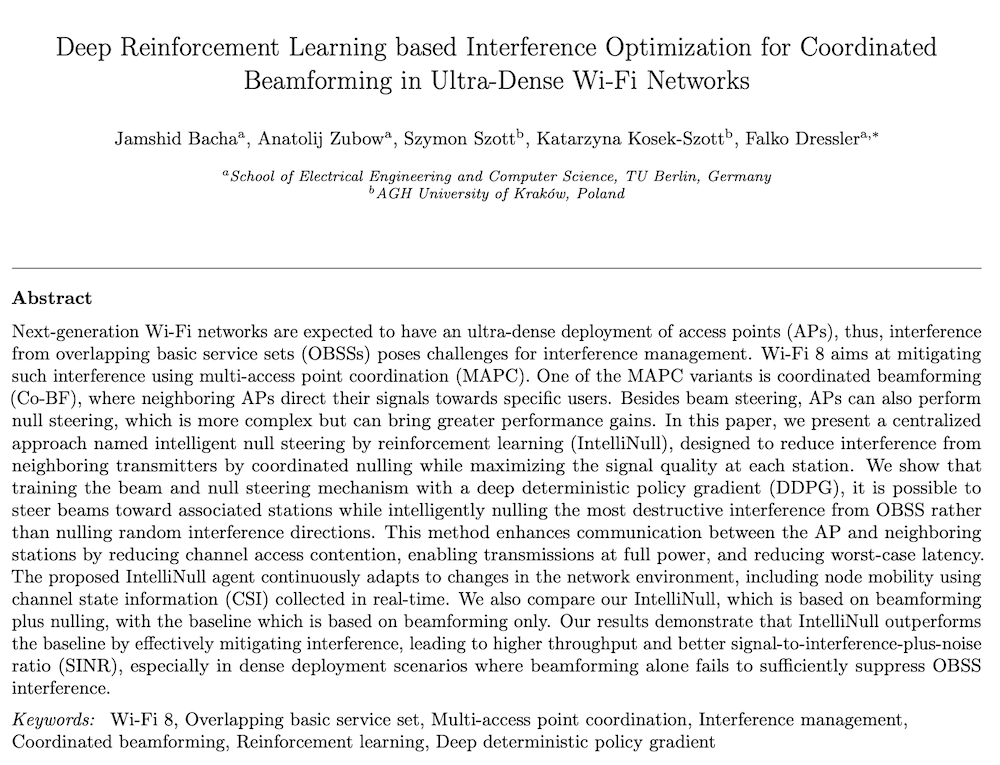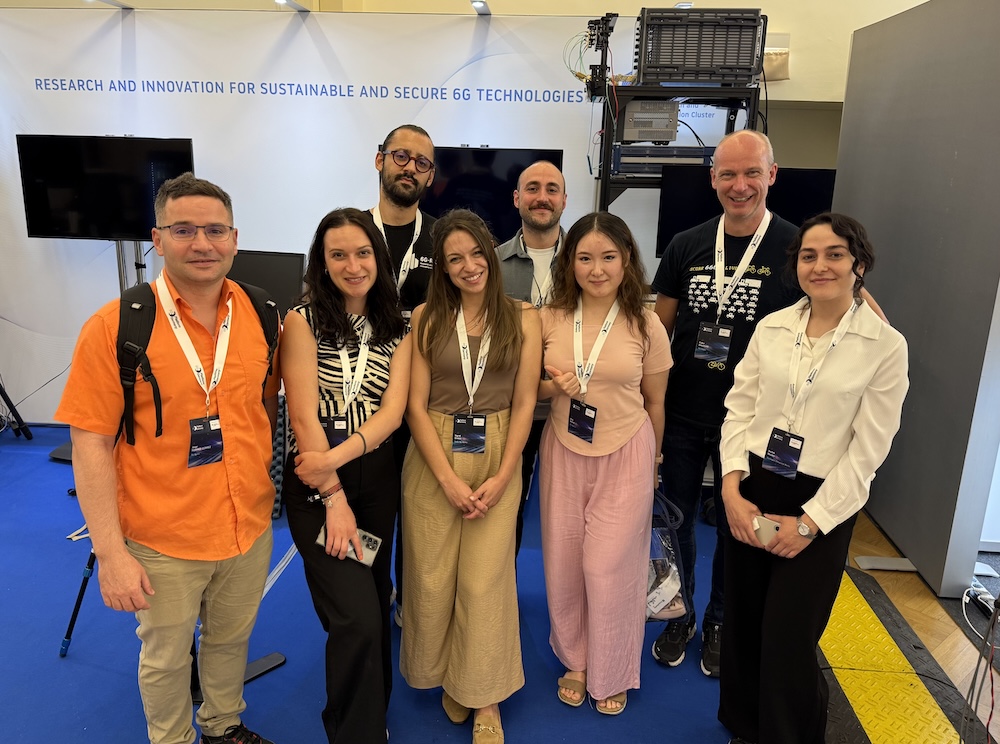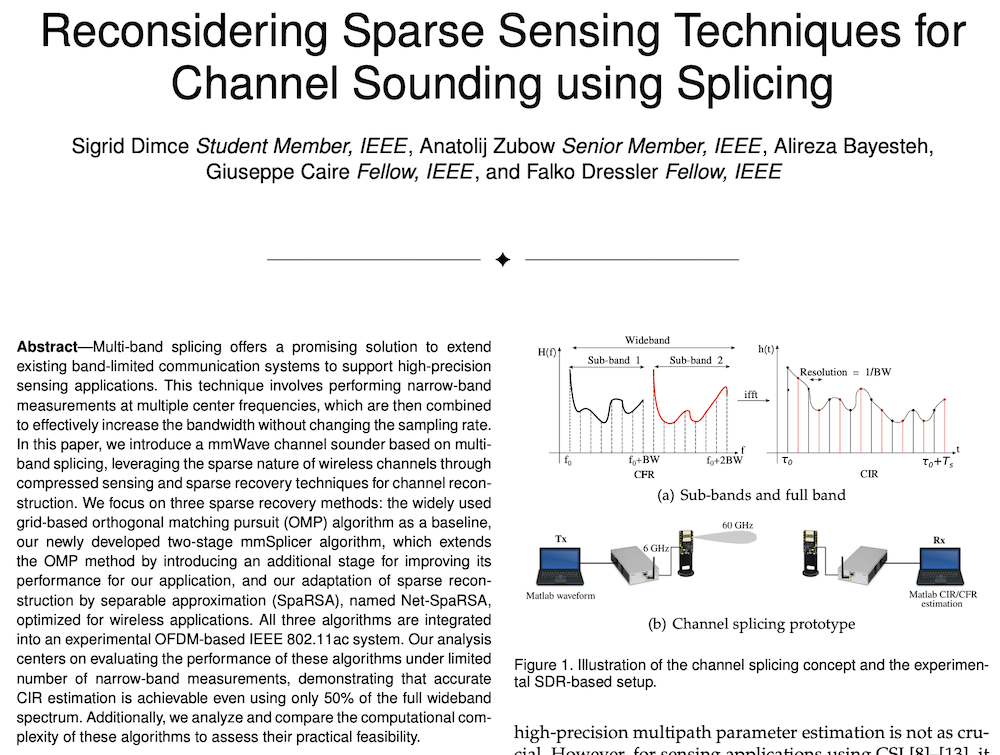Literature Database Entry
ergenc2021service-based
Doğanalp Ergenç, Jacek Rak and Mathias Fischer, "Service-Based Resilience via Shared Protection in Mission-Critical Embedded Networks," IEEE Transactions on Network and Service Management, vol. 18 (3), pp. 2687–2701, September 2021.
Abstract
Mission-critical networks, which for example can be found in autonomous cars and avionics, are complex systems with a multitude of interconnected embedded nodes and various service demands. Their resilience against failures and attacks is a crucial property and has to be already considered in their design phase. In this paper, we introduce a novel approach for optimal joint service allocation and routing, leveraging virtualized embedded devices and shared backup capacity for the fault-tolerant design of mission-critical networks. This approach operates in phases utilizing multiple optimization models. Furthermore, we propose a new heuristic that ensures resource efficiency and fault-tolerance against single node and link failures as pre-requisite for resilience. Our experiments for different application scenarios indicate that our heuristic achieves results close to the optimum and provides 50% of capacity gain compared to a dedicated capacity protection scheme. Moreover, our heuristic ensures fault-tolerance against at least 90% of all potential single node failures.
Quick access
Original Version ![]() (at publishers web site)
(at publishers web site)
BibTeX ![]()
Contact
Doğanalp Ergenç
Jacek Rak
Mathias Fischer
BibTeX reference
@article{ergenc2021service-based,
author = {Ergen{\c{c}}, Doğanalp and Rak, Jacek and Fischer, Mathias},
doi = {10.1109/tnsm.2021.3062461},
title = {{Service-Based Resilience via Shared Protection in Mission-Critical Embedded Networks}},
pages = {2687--2701},
journal = {IEEE Transactions on Network and Service Management},
issn = {1932-4537},
publisher = {IEEE},
month = {9},
number = {3},
volume = {18},
year = {2021},
}
Copyright notice
Links to final or draft versions of papers are presented here to ensure timely dissemination of scholarly and technical work. Copyright and all rights therein are retained by authors or by other copyright holders. All persons copying this information are expected to adhere to the terms and constraints invoked by each author's copyright. In most cases, these works may not be reposted or distributed for commercial purposes without the explicit permission of the copyright holder.
The following applies to all papers listed above that have IEEE copyrights: Personal use of this material is permitted. However, permission to reprint/republish this material for advertising or promotional purposes or for creating new collective works for resale or redistribution to servers or lists, or to reuse any copyrighted component of this work in other works must be obtained from the IEEE.
The following applies to all papers listed above that are in submission to IEEE conference/workshop proceedings or journals: This work has been submitted to the IEEE for possible publication. Copyright may be transferred without notice, after which this version may no longer be accessible.
The following applies to all papers listed above that have ACM copyrights: ACM COPYRIGHT NOTICE. Permission to make digital or hard copies of part or all of this work for personal or classroom use is granted without fee provided that copies are not made or distributed for profit or commercial advantage and that copies bear this notice and the full citation on the first page. Copyrights for components of this work owned by others than ACM must be honored. Abstracting with credit is permitted. To copy otherwise, to republish, to post on servers, or to redistribute to lists, requires prior specific permission and/or a fee. Request permissions from Publications Dept., ACM, Inc., fax +1 (212) 869-0481, or permissions@acm.org.
The following applies to all SpringerLink papers listed above that have Springer Science+Business Media copyrights: The original publication is available at www.springerlink.com.
This page was automatically generated using BibDB and bib2web.

